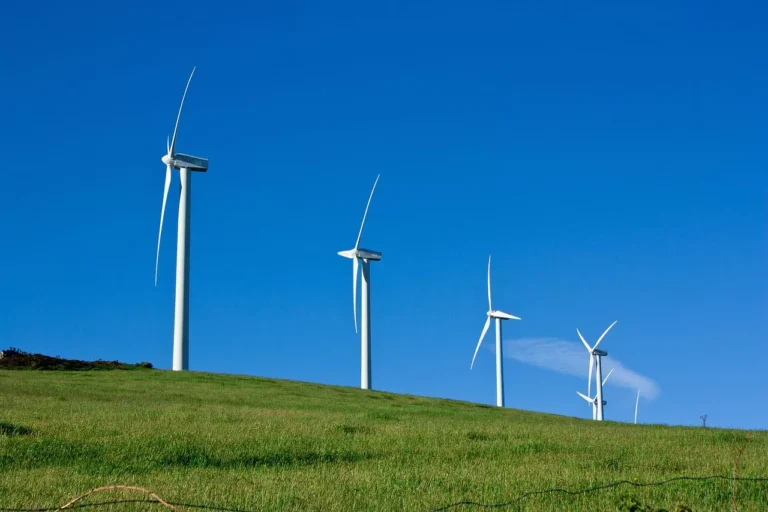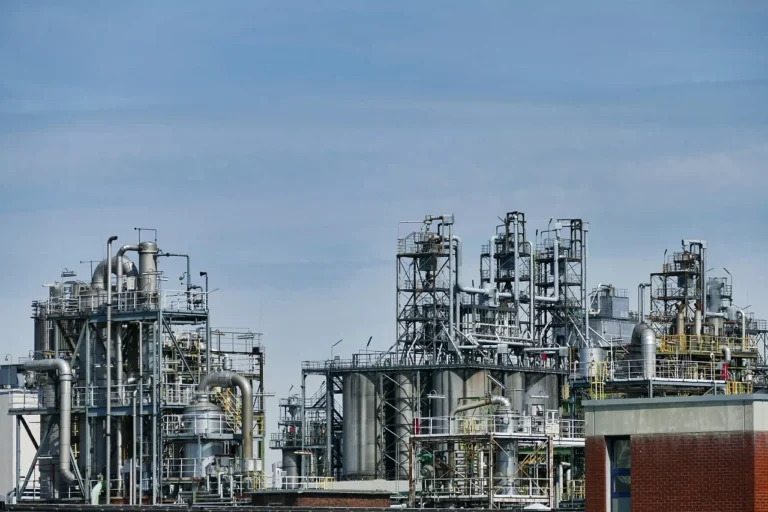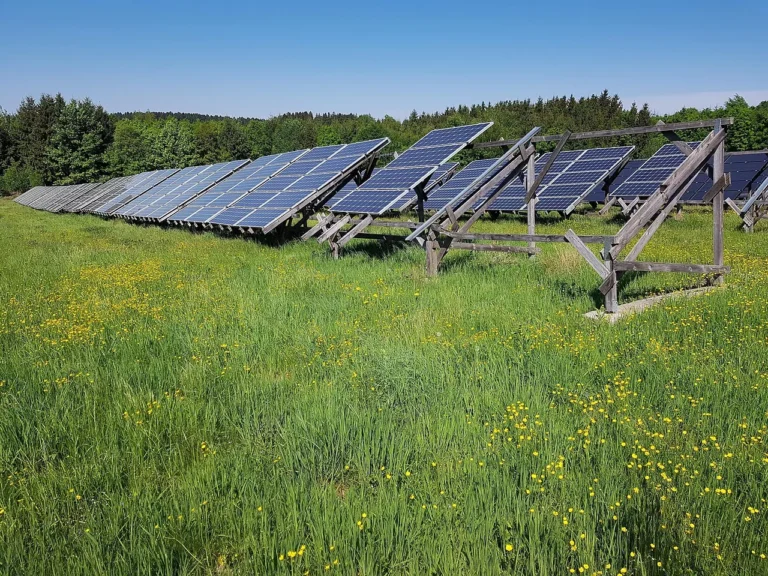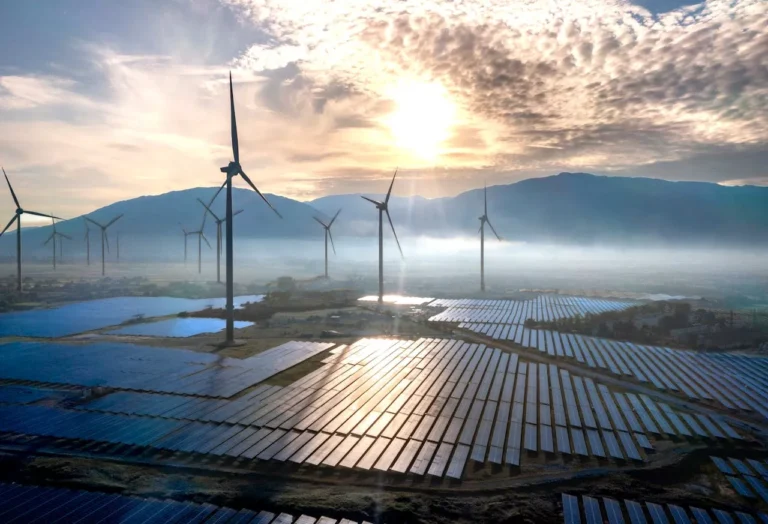
bpTT Commences Production from Cypre Gas Project, Marking a Major Milestone in Global Upstream Expansion
bp Trinidad and Tobago (bpTT) has officially begun production at the Cypre gas project, marking a significant achievement in bp’s broader strategy to expand and optimize its global upstream portfolio. This start-up is one of ten major projects announced by bp that are expected to come online between 2025 and 2027, forming a cornerstone of the company’s revitalized strategic direction unveiled in recent years.
The Cypre development, located off the southeast coast of Trinidad, is particularly notable as it reflects bp’s growing emphasis on deepening production within existing asset bases while maximizing the efficiency of infrastructure that is already in place. Cypre is bpTT’s third subsea development, and when fully operational, is projected to deliver approximately 45,000 barrels of oil equivalent per day (boed). That translates to roughly 250 million standard cubic feet of gas per day — a substantial boost to Trinidad and Tobago’s natural gas supply and an essential input for the country’s downstream industries, such as liquefied natural gas (LNG) production and petrochemicals.
A Strategic Pillar in bp’s Reset Vision
The Cypre project plays a vital role in bp’s global upstream growth plan — one that has evolved considerably over the past several years. Under the leadership of CEO Bernard Looney, bp launched its “reinvent bp” strategy to transition into an integrated energy company. As part of this reset, bp has prioritized a series of capital-efficient upstream projects that align with its focus on resilient hydrocarbons. The ten major projects slated to come online by 2027 — of which Cypre is one — are expected to collectively deliver around 250,000 boed at peak net production.
William Lin, bp’s Executive Vice President of Gas and Low Carbon Energy, emphasized the project’s significance within this framework. “Our focus is on consistent execution and safe delivery of major projects like Cypre,” said Lin. “The second of ten major projects across our global portfolio that we expect to start up by 2027, Cypre is also the first of a series of projects we will be bringing online in Trinidad to deliver gas to the nation and add value for bp.”
This focus on Trinidad and Tobago aligns with bpTT’s long-standing presence in the country, where it operates across both shallow and deepwater acreage. With over 50 years of history in the region, bpTT is the single largest natural gas producer in Trinidad and Tobago and plays a critical role in the country’s economy.
Project Scope and Phased Development
Cypre is being developed in two phases. The first phase, comprising four wells, was completed at the end of 2024. The second phase is expected to begin in the second half of 2025 and will include the remaining three wells. All seven wells will be tied back to the Juniper platform, an existing bpTT asset that began production in 2017. This tieback approach is consistent with bp’s global emphasis on capital discipline, maximizing use of existing infrastructure, and accelerating time-to-market for new gas supplies.
Using subsea tieback methods significantly reduces the environmental footprint and capital intensity of new developments. By leveraging Juniper’s processing and export facilities, bpTT has minimized the need for new topsides infrastructure, allowing Cypre to be brought online efficiently while keeping costs under control. These elements of the development demonstrate bp’s focus on “advantaged hydrocarbons” — resources that are lower cost and lower carbon.
Supporting Energy Security and Economic Development
The Cypre project is also expected to play a crucial role in supporting energy security in Trinidad and Tobago. The country’s economy is heavily reliant on the energy sector, with natural gas being central to electricity generation, petrochemical industries, and LNG exports. Declines in mature field production have in recent years placed pressure on gas supplies, underscoring the importance of bringing new resources like Cypre into the production mix.
David Campbell, president of bpTT, reflected on this in his statement: “Cypre is another key milestone in bpTT’s strategy to maximize production from our shallow water acreage using existing infrastructure. The project not only reinforces our commitment to maintaining production but also plays a crucial role in satisfying our existing gas supply commitments. Cypre represents a significant investment in the country’s energy sector. We are proud to be part of this journey and look forward to continuing our collaboration with Government and other stakeholders to unlock Trinidad and Tobago’s energy future.”
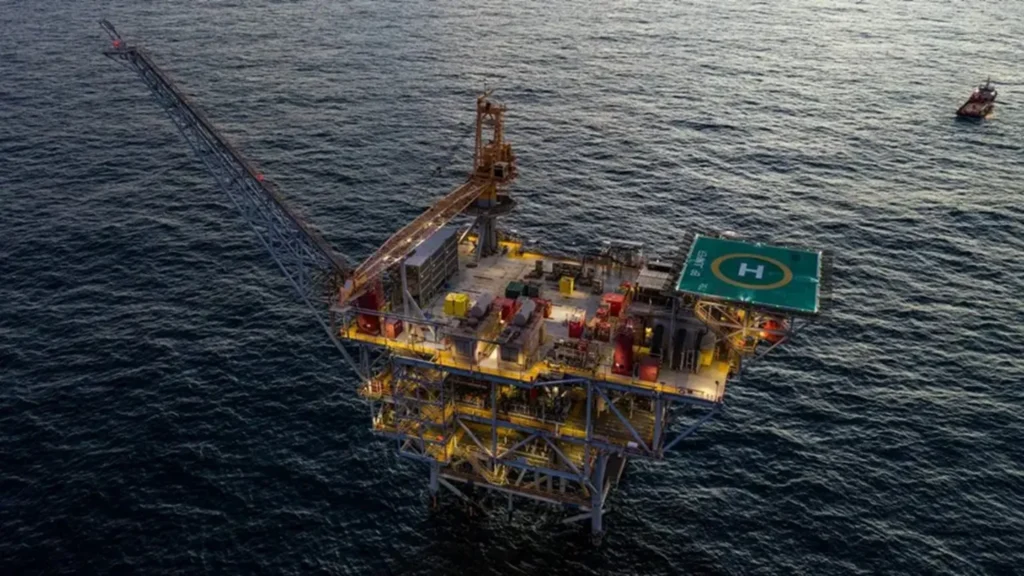
This partnership approach has been a defining characteristic of bpTT’s operations in Trinidad and Tobago. The government, through the Ministry of Energy and Energy Industries, has worked closely with upstream producers like bpTT to improve resource access, streamline regulatory approvals, and ensure alignment between upstream developments and downstream industrial demand.
Part of a Broader Global Execution Strategy
Cypre is not only a win for Trinidad and Tobago but also marks bp’s second major upstream project start-up in 2025. Earlier in the year, the company commenced production from the second phase of development at the Raven field in Egypt’s Mediterranean basin — another strategically located gas project aligned with bp’s global ambitions. The combined impact of these project activations reflects bp’s disciplined approach to portfolio development, prioritizing projects that are both economically and environmentally competitive.
Each of the ten major projects expected to come online through 2027 has been carefully selected based on its expected returns and strategic alignment. All are fully accommodated within bp’s capital expenditure guidance, which underscores the company’s broader commitment to maintaining financial discipline while investing in future growth. According to bp, the returns from these upstream investments are expected to contribute meaningfully to cash flow and shareholder value, even as the company pivots toward low-carbon energy over the longer term.
A Bridge to the Energy Transition
While natural gas remains a fossil fuel, bp and other energy companies have consistently argued that it plays a critical role as a “transition fuel” — supporting energy reliability and emissions reductions as renewable energy scales. Projects like Cypre, which use efficient development methods and produce lower-carbon gas compared to coal or oil, fit within this transitional strategy.
Moreover, by supporting domestic energy security and global LNG exports, Cypre helps create space for bp to invest in its expanding portfolio of renewables, hydrogen, and carbon capture projects. The company has committed to achieving net-zero emissions across its operations by 2050, and developing high-return, low-carbon-intensity gas projects like Cypre is part of that roadmap.





